Founded in 1995, with the aim of commemorating the history of Gwangju as a bastion of Korean pro-democratic civil resistance and honouring the lives lost in the Gwangju Uprising on 18 May 1980, the Gwangju Biennale is unusual among international biennial exhibitions due to its explicit commitment to liberal politics. The 14th Gwangju Biennale (until 9 July) takes as its tagline ‘soft and weak like water’ – a phrase inspired by the classical Chinese treatise Tao Te Ching in which Laozi proposed the paradoxical power of the soft and subtle to overcome seemingly insurmountable challenges. Artistic director Sook-Kyung Lee, senior curator of international art at Tate Modern, has invited 79 artists to respond to this Taoist idea of bringing about change through pervasive gentleness.
The artworks are for the most part installed in the numerous cavernous exhibition spaces of Gwangju Biennale Hall, where the main exhibition is divided into four thematic sections: ‘Luminous Halo’, ‘Ancestral Wisdom’, ‘Transient Sovereignty’ and ‘Planetary Times’. But as is so often the case with this kind of large-scale exhibition, most artworks elude such attempts at curatorial pigeonholing, forging relationships with one another that bring visceral themes to the fore.
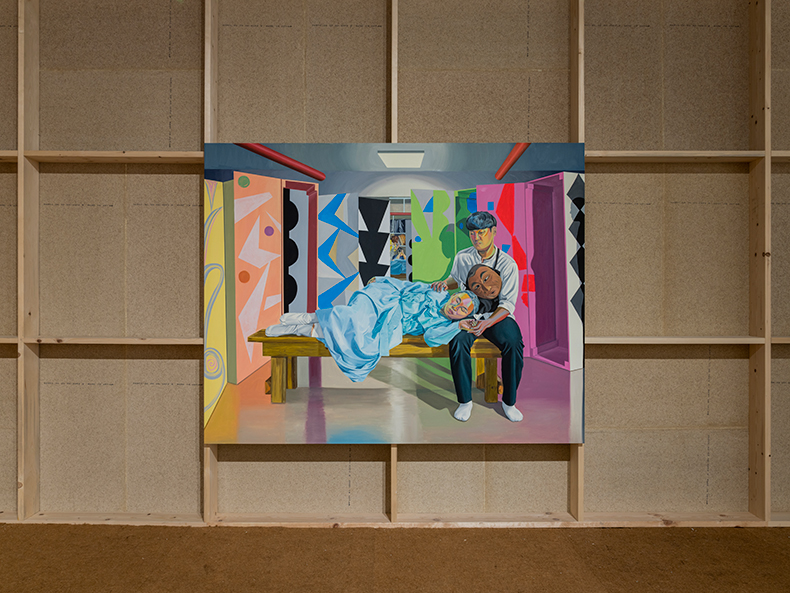
Installation view of Aliza Nisenbaum at the Gwangju Biennale. Photo: glimworkers; courtesy the artist and Gwangju Biennale Foundation
For instance, there are a number of works that are interested in performance as a kind of catharsis. Aliza Nisenbaum engages with collective memories of the 18 May Uprising, when Korean soldiers fired upon protesters in Gwangju demonstrating against Chun Doo-hwan’s military dictatorship. Her paintings depict actors from a local theatre troupe rehearsing Someday in Spring, a play that tells the stories of families who lost loved ones during the uprising. Nisenbaum’s representations of these actors (both with and without the traditional Korean masks they wear on stage) speak both of real and imagined trauma, suggesting the stage as a space for painful memories to attain a kind of closure.
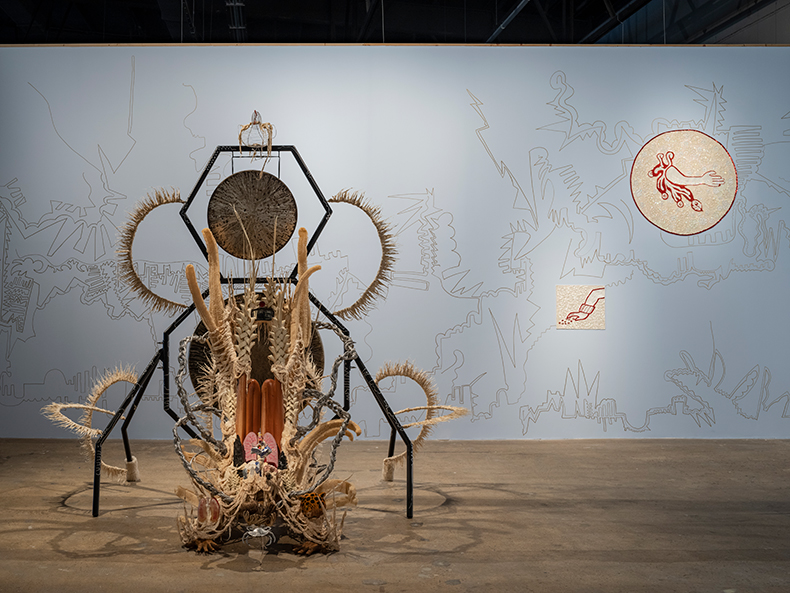
Installation view of Guadeloupe Maravilla’s Disease Throwers at the Gwangju Biennale. Photo: glimworkers; courtesy the artist and Gwangju Biennale Foundation
Guadalupe Maravilla’s Disease Throwers – large-scale sound sculptures intended to alleviate emotional and physical ailments – also treat performance as therapy. Maravilla came to United States as an unaccompanied, undocumented child refugee of the Salvadoran Civil War; later in life, a stage-3 cancer diagnosis led him to experiment with his Mayan ancestors’ tradition of healing sound baths. At the centre of his elaborate assemblage sculptures are gongs that Maravilla plays during impromptu performances, with the resulting sonic vibrations an effort to instill in viewers (and himself) a sense of bodily calm and stability.

Installation view of Lithium Sex Demons in the Factory (2023), Candice Lin. Photo: glimworkers; courtesy the artist and Gwangju Biennale Foundation
At Gwangju National Museum, the biennial’s off-site presentation presents commissions by Candice Lin and Kira Kim, both of which respond to the museum’s holdings and explore the inherent biases of museological approaches to collecting and displaying cultural artefacts. Lin’s Lithium Sex Demons in the Factory (2023) is a hallucinatory installation that stems from her ongoing research of present-day lithium battery production, drawing parallels to the history of mass produced ceramics in China and Korea. This sprawling work dominates an entire gallery of the museum, where it appears alongside a display of porcelains and historical texts from the permanent collection that link Lin’s exploration of industrial production to the historical accounts of abysmal working conditions endured by ceramics labourers in East Asia.
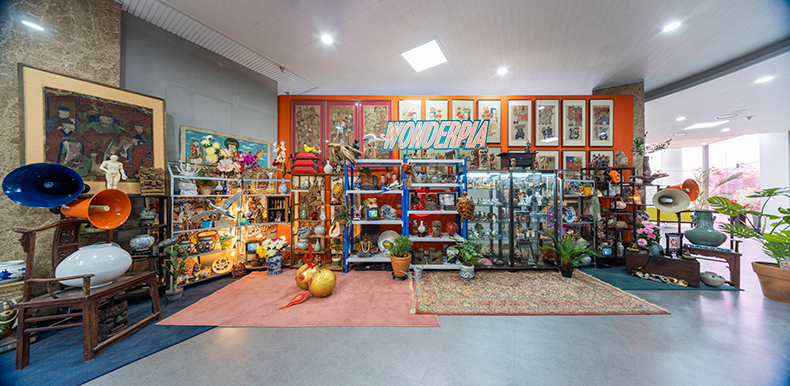
Installation view of Security garden as paranoia (2023), Kira Kim. Photo: glimworkers; courtesy the artist and Gwangju Biennale Foundation
In the lobby of the museum, Kim’s Security Garden as Paranoia (2023) presents a kind of cabinet of curiosities, comprising hundreds of objects and images, from porcelains to bonsai trees to masks, paintings and sound clips of Mongolian throat singing and Buddhist chanting. With the works intended as a kind of ‘Orientalist’ catalogue, it’s an incisive caricature of Western colonial modes of categorisation and the ways that these underpin cultural institutions.
The biennial is a success on the strength of the works included. But as a curatorial whole it leaves much to be desired in terms of its Taoist inspiration, while also doing little to engage with the ‘Gwangju spirit’ of solidarity and civil empowerment. It feels like an exhibition that could have taken place anywhere in the world.
The 14th Gwangju Biennale is at various venues in Gwangju until 9 July.
Unlimited access from just $16 every 3 months
Subscribe to get unlimited and exclusive access to the top art stories, interviews and exhibition reviews.


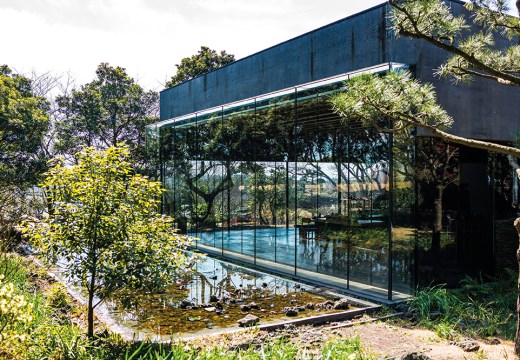
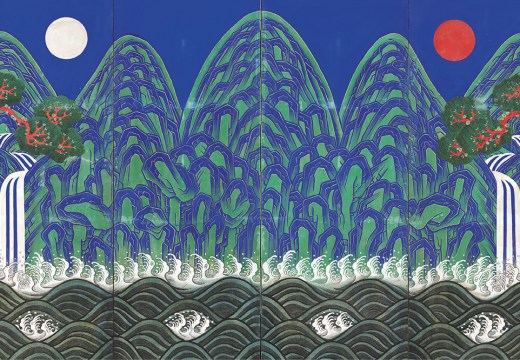
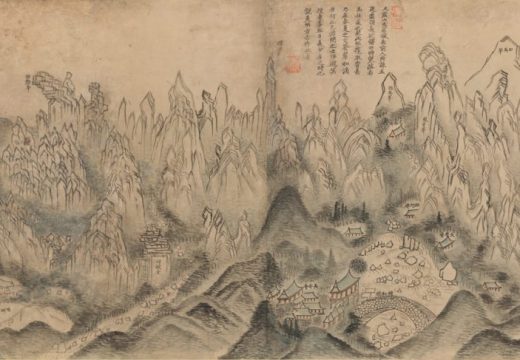









![Masterpiece [Re]discovery 2022. Photo: Ben Fisher Photography, courtesy of Masterpiece London](http://www.apollo-magazine.com/wp-content/uploads/2022/07/MPL2022_4263.jpg)
It’s time for the government of London to return to its rightful home